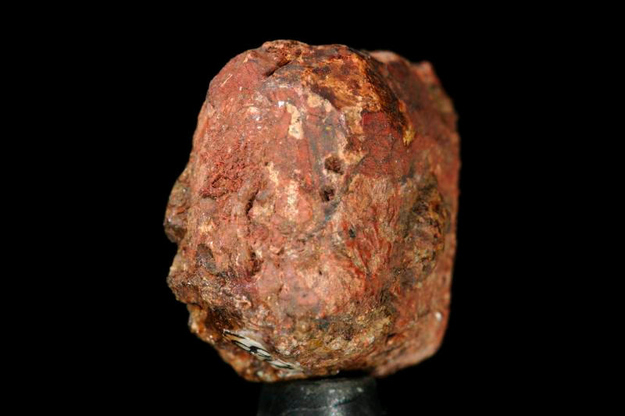Out of the realm of 118 elements which occur naturally, produced or even believed to exist, very few are completely harmless and some of are known to be the most dangerous. Their hazard can be measured by their toxic, radioactive or highly reactive nature. Although there are more than 30 dangerous radioactive heavy elements but out of all dangerous elements the 5 most explosive known elements are given below. So, be careful before playing with Hydrogen and Sulfur in your laboratory.
5. Francium
Francium, the second rarest naturally occurring element is considered to be the most radioactive metal on Earth. Discovered by Marguerite Perey in France (from which the element takes its name) in 1939, Francium can never been viewed as a bulk in Universe. If enough could be collected somehow, it would start vanishing because the longest lived isotope of Francium has the half-life of 22 minutes. Because it is a highly volatile metal, any observable quantity of Francium would immediately vaporize.
An ounce of this element can be found throughout the Earth’s crust because the 223- isotope of francium continually forms and decays. The largest amount of Francium that was produced in the laboratory was a cluster of more than 300,000 atoms.
4. Hydrogen
At standard temperature and pressure, this colorless, odorless, tasteless, non-toxic, Hydrogen gas is very abundant in Universe. Hydrogen gas is highly flammable and just waits to set it off. It will burn in air at a very wide range of concentration between 4% and 75% by volume if triggered by spark, heat, or sunlight. The notorious incident of Hydrogen explosive is the destruction of the Hindenburg airship in 1837.
3. Cesium
Cesium is one of the only five elemental metals that are liquid at or near room temperature. This silvery alkali metal is considered to be one of the most reactive elements. Cesium is the softest element but it is not as soft in nature because it ignites spontaneously in air, and reacts explosively with water even at low temperatures. Because of this high reactivity, cesium metal is classified as a hazardous material. So beware, never bring any cesium to your water balloon fight or beach party.
2. Methane
The colorless and odorless Methane is highly abundant in nature and is found both below ground and under the sea floor. It is the biggest source of fuel especially in our kitchens. Methane gas is highly inflammable and ignites with the little heat. As a safety measure, Gas providers add pungent smell in methane before it is supplied to our homes because any leakage can easily be caught due to its stink.
1. Uranium
This silvery-white metal is mildly reactive in its natural state. Uranium metal reacts with almost all nonmetallic elements and their compounds, with reactivity increasing with temperature. The U-235 isotope of Uranium was used in the nuclear bomb dropped over Hiroshima.
There are 27 known isotopes of uranium and most of them are used in nuclear chain reaction and produce the fissile material for nuclear weapons. The isotope uranium-239 decays by beta emission to neptunium-239 that decays in its turn, within a few days into plutonium-239. 239-Pu was used as fissile material in the first atomic bomb detonated in the “Trinity test” on 15 July 1945 in New Mexico.






